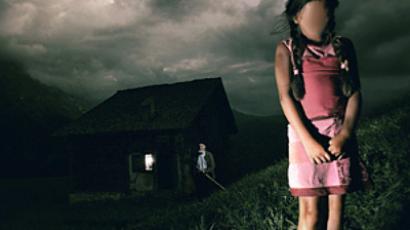Divide between rich and poor is concrete in Rio
The divide between rich and poor is nothing new in his world, but in Rio De Janeiro it now has a very real presence since the authorities there decided to build a wall to separate a slum from a wealthy area of the city.
The move has led to claims they are trying to hide the problem of poverty in the so-called slum districts or ‘Favelas’.
The Favela Dona Marta is rated among Rio’s best, saturated with heavy police presence after years of being ruled by drug lords and traffickers.
It is home to an estimated 7,500 people, who have their own schools, shops and rules.
“The community keeps expanding and moving up into native forests and deforestation is rampant,” says the head of Dona Marta’s administration Jose Mario, who has lived whole life there and watched it grow.
And so there is a government plan to stop Brazil’s poorest communities from expanding any further, putting the Favela at the center of a debate that's becoming a scandal.
A concrete wall is being built around the Dona Marta Favela. Officials say it’s an eco-barrier meant to protect the flora and fauna on the other side but social workers and activists claim this is a new form of social apartheid.
It's a way to separate the rich from the poor and turn a blind eye to the real problem, claims urban planning specialist Carlos Vanier.
“The city is not facing the real issue, which is housing for poor people; social housing. There is this idea that the poor people, the black people, are dangerous,” says the professor, from the Institute of Urban and Regional Planning of Rio De Janeiro.
“I would say there is a kind of criminalization of the poor and of the poverty, so we must gate them,” adds Vainer.
But the government agency in charge of the wall’s construction says the reason is strictly environmental.
“The reason for the wall is to protect the Atlantic forest from these communities that are growing at a tremendous pace,” insists Icaro Moreno from Department of Public Works of Rio De Janeiro.
The wall is just in its beginning stages, but there are plans to start building around other, even bigger Favelas.
“We have a lot of Favelas all over the city, but just a few of them will be walled, mainly those which are very close to the rich areas,” reveals Professor Carlos Vainer.
Many people in Dona Marta will be relocated because of the wall and provided with new homes, but there is fear that as the wall grows higher and gets closer to completion, the residents will protest in their own way.
“They will say ‘Thank you! Now the first wall of our new house is already built,” says Vainer.
That means the Favelas will keep expanding upwards if no place is found for them down below.














